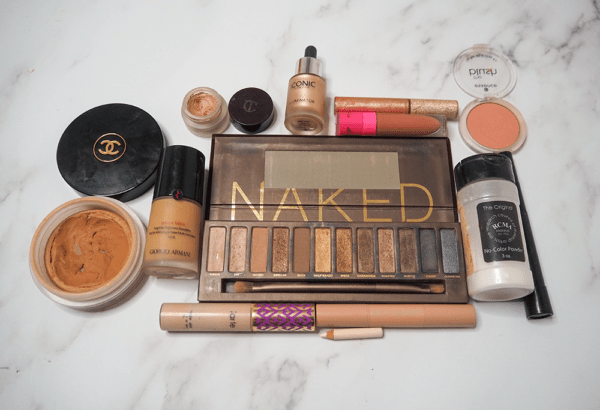
Media-Buying from A to Z
Marketing technologies are constantly developing. Many new advertising platforms allow you to promote your product or service better and find new customers. If earlier the most relevant media resources for advertising were TV channels and radio, then with the development of the Internet industry, the emphasis has shifted in favour of social networks and various websites. In simplified terms, purchasing advertising space and airtime on all existing media resources is called media buying.
When one organization simultaneously launches many advertising campaigns, tracking and analysing payments for each of them is difficult if all funds are credited to a single corporate account. The use of smart cards for media buying greatly simplifies online purchasing.
Who is a media buyer?
For an advertising campaign to be successful, it is not enough just to come up with a catchy slogan, image, or commercial. This ad must be delivered to the audience whose needs the advertised product is intended to satisfy. It is important that the ad is delivered at the right time, through the right media resources, and at the same time is affordable for the advertiser.
The media buyer’s job is to find and purchase advertising space or airtime in the media that will best serve the right consumer. Purchasing media is one of many tasks that a qualified media buyer handles. They must also perform the following tasks:
- create a media plan;
- provide options for optimal placement of advertising in different media;
- monitor the effectiveness of the advertising campaign;
- optimize the advertising campaign, increasing its effectiveness.
The Media Buyer must find platforms where the advertising will be seen by the target audience. It is important that the ad placed has the right format, comes out at the right time, and has the right content.
Cost of services
Rates on different advertising platforms depend on many factors, from the popularity of the resource, its type, the format of advertising, etc. But there are 5 general models, following which the price is set for a certain action:
- Per installation. For example, when buying a mobile application, the media buyer pays the cost of its installation;
- Per the number of display. Usually, 1 thousand disaplays are taken as a unit of measurement. Loading an ad on a page or in an app is considered one display, even if the user did not click on it;
- Per click. A media buyer pays a media resource to place its advertisement only when a user clicks on the ad;
- Per lead. The ad is paid only when a potential customer fills out and submits a questionnaire, application, or other form for feedback;
- Per action. Advertising is paid when a potential customer has made a certain action – bought a product, registered on the site, subscribed, etc.
The choice of model will depend on the features of the advertised product, the specifics of the business and the chosen media resource.
Where does the media buyer place advertising?
In the 21st century, the most popular places to place advertising are the following media platforms and resources:
- Television and radio. The most expensive is prime-time airtime. The cost of such advertising depends on the rating of the TV channel or radio program, on what place in the advertising slot the clip is placed and how long it is. Running a clip at the beginning of the slot is more expensive.
- Outdoor advertising. Ads can be placed on billboards, public transport, city lights, and other outdoor venues.
- Advertising can be placed on separate pages in print and online publications. The price depends on the method of implementation of the periodicals, the number of column, the edition’s circulation, and the ad’s colour.
- Internet. Now, perhaps, the most accessible and effective advertising platform. It can be placed on YouTube, Instagram, TikTok, Telegram and other messengers. The cost of such advertising will depend on the terms of placement, the number of displays and user interactions with the banner. The more audience and attendance an online resource has, the more expensive its advertising area will be.
A professional media buyer knows how to find relevant advertising space and thematic resources. They select influencers and channels and concludes advertising contracts with them. It is worth considering the issue of advertising payment separately.
How does a media buyer pay for advertising?
When a single organization initiates multiple advertising campaigns at the same time, monitoring and analyzing the expenditures for each campaign becomes challenging if all the funds are deposited into one corporate account. Employing smart cards for media purchases significantly streamlines the process of buying online.
The Wallester Business platform allows issuing an unlimited number of payment cards for each advertising campaign instantly. These cards can be used to pay for ads on any advertising platform, including Facebook, Google, X, TikTok, etc. To use the card, you need to top up the balance in any convenient way, and you can immediately buy advertising space on any media platform.














































